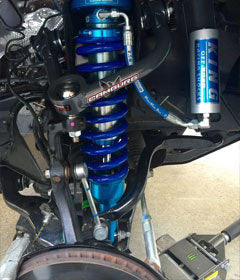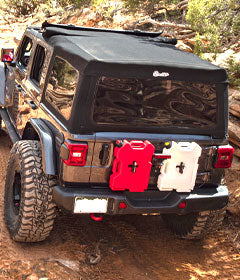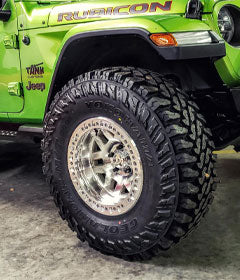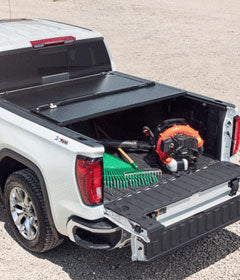When it comes to enhancing both the style and performance of your vehicle, few things rival the impact of a fresh set of wheels. However, to achieve your desired aesthetic, it's crucial to grasp the intricacies of wheel offset and wheel backspacing. While on your quest for aftermarket wheels, you'll likely come across terms like rim width, rim size, bolt pattern, and custom wheel offset (or backspacing). While aspects like width, size, and bolt patterns are straightforward, understanding rim offset and backspacing can be the key to achieving the perfect stance while ensuring your new rims don't cause any unwanted rubbing.
Understanding Wheel Offset and Wheel Backspacing:
If you've ever wondered, "What is wheel offset?" or "What is wheel backspacing?" you're not alone. We field these questions frequently. So, in the battle of backspacing versus offset, who emerges victorious?
In reality, they are essentially two distinct methods of measuring the same thing: how your wheels fit your vehicle.
Wheel Offset measures the distance from the mounting surface to the centerline of the wheel (measured in millimeters), while Wheel Backspacing gauges the distance from the mounting surface to the wheel's back lip (measured in inches).
Why are these measurements important? Well, offset and backspacing play a pivotal role in determining not just which wheels fit your vehicle but also in directly influencing your vehicle's appearance. If you're aiming for an aggressive stance with the wheels and tires protruding beyond the fenders, negative offset wheels (often associated with smaller backspace) might be your choice. For a clean, sporty look with the wheels neatly tucked under the fenders, opt for wheels with a larger backspace, or positive offset wheels.
No matter your preferred style, choosing the right offset or backspacing ensures that your new wheels are the perfect fit.












